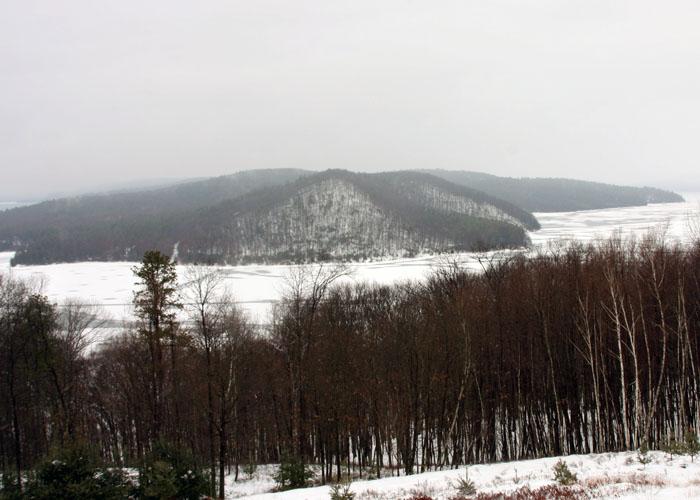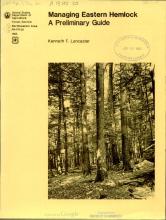Using silviculture to solve problems
The forest is incredibly resilient in its ability to overcome disturbances. The Quabbin is currently facing two major forces of change in the form of invasive species: the woolly hemlock adelgid and red pine scale. Red pine is of less concern, as it is mostly remnants of plantations seeded during the construction of the Quabbin Reservoir and isn't native to the area, so has been the focus of logging efforts in recent years. Hemlock, however, is a native tree that thrives around the many tributaries in the reservoir's watershed. While there is not yet an effective form of adelgid control available to the Quabbin, efforts are being made to help the hemlock resist the adelgid invasion. In 2006, the USDA Forest Service prescribed a silvicultural policy of thinning hemlock groves, allowing their crowns to grow more vigorous and better withstand infestation. This follows the underlying principle of forestry, in which the loss of one tree gives a new opportunity for others to grow.

View from Enfield Lookout, with dying stands of red pine on Prescott Peninsula in background and young successional forest in foreground

